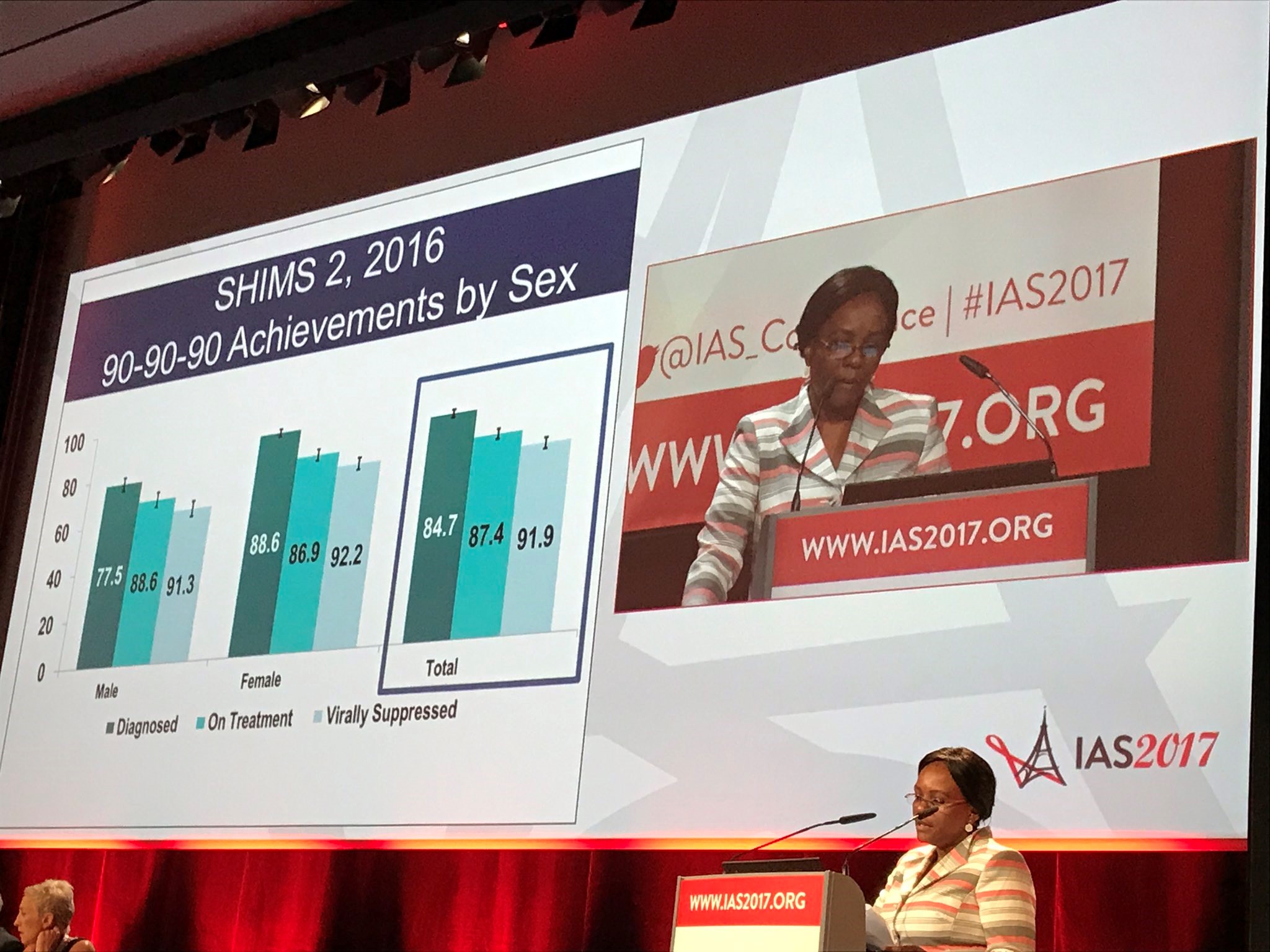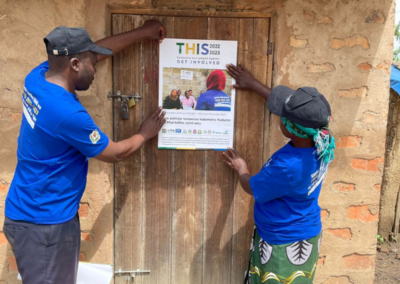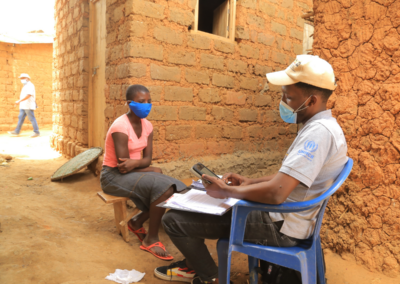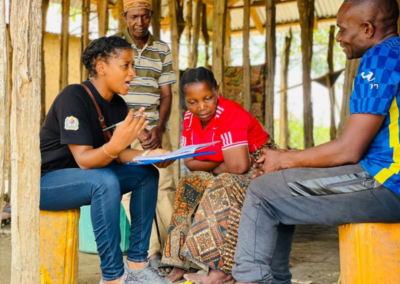The Population-based HIV Impact Assessment (PHIA) Project announced major findings from the Swaziland survey at the 9th IAS Conference on HIV Science (July 23-26). Key findings from the second Swaziland HIV Incidence Measurement Survey, SHIMS2, the Swaziland PHIA, revealed impressive progress in confronting the HIV epidemic. Previously released survey results showed similar progress in three high-burden countries: Malawi, Zambia, and Zimbabwe.
The Kingdom of Swaziland has long had a severe HIV epidemic with the world’s highest national HIV prevalence and incidence (rate of new infections). The country has demonstrated a commitment to turning the tide of the epidemic by dramatically scaling up HIV testing and treatment as well as other prevention efforts. Between 2011, when SHIMS1 was conducted, and SHIMS2 in 2016, HIV incidence among adults fell by nearly half (2.5% to 1.4%) and the percentage of HIV-positive adults with viral load suppression (VLS), as a measure of control of the virus, doubled (35% to 71%). HIV prevalence among adults was stable at 30%, similar to the 2011 HIV prevalence of 32%.
“Because of the severe HIV epidemic in Swaziland, it was critical for us to implement a combination HIV prevention package, scale up HIV care and treatment services, and engage in ongoing measurement of HIV incidence in order to assess the impact of these efforts,” said Senator Sibongile Ndlela-Simelane, the honorable Minister of Health, Swaziland. “The results of the SHIMS2 survey reveal a dramatic improvement in the state of the epidemic in Swaziland and we are very encouraged by this progress. We understand that the battle is not over, and therefore we must maintain the momentum.”
Leaders from across global health field expressed enthusiasm over the data. Wafaa El-Sadr, Director of ICAP at Columbia University, called the findings a “cause for celebration,” and Michele Sidibé, Executive Director of UNAIDS, said, “The best news of this conference will be the Swaziland results… The result should drive all our efforts.”
The Swaziland findings echo other PHIA results – released in December 2016 and expanded on through oral abstracts and posters presented at the IAS Conference.
Despite this substantial progress, significant work remains in order to further reach and engage men and young women, particularly around raising awareness of individual’s HIV-positive status and ensuring their access to effective treatment with high adherence.
The nationally representative PHIA surveys, implemented by ICAP in partnership with the US Centers for Disease Control and Prevention (CDC) and the ministries of health with funding from the President’s Emergency Plan for AIDS Relief (PEPFAR), provide valuable information on the state of HIV epidemics across Africa and help demonstrate measurable progress toward the UNAIDS 90-90-90 targets. In addition, the results provide further proof of how treatment works for prevention of HIV transmission.
“The partnership with the Swazi Ministry of Health was fundamental to the success of the survey,” said Shannon Hader, MD, MPH, director of the CDC’s Division of Global HIV & TB. “As we’ve seen in other countries, the PHIA findings will help the Ministry of Health and its partners to focus resources on urgent program priorities to achieve epidemic control.”
“We now have clear evidence that four African countries are approaching control of their HIV epidemics,” said Ambassador Deborah L. Birx, M.D., U.S. Global AIDS Coordinator and Special Representative for Global Health Diplomacy. “These unprecedented findings demonstrate the remarkable impact of the U.S. government’s efforts, through PEPFAR and the Global Fund to Fight AIDS, Tuberculosis and Malaria, in partnership with African countries. We now have a historic opportunity to change the very course of the HIV pandemic.”










